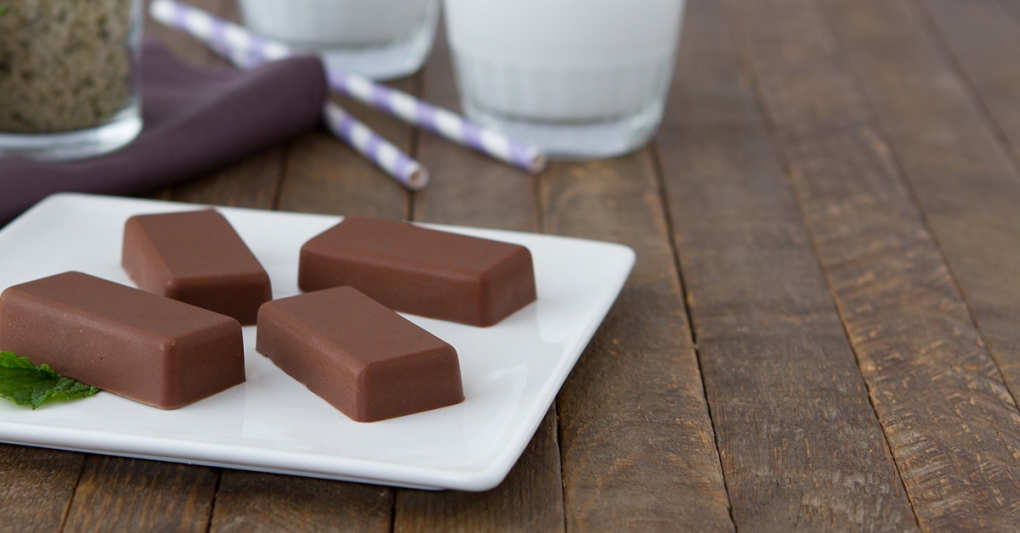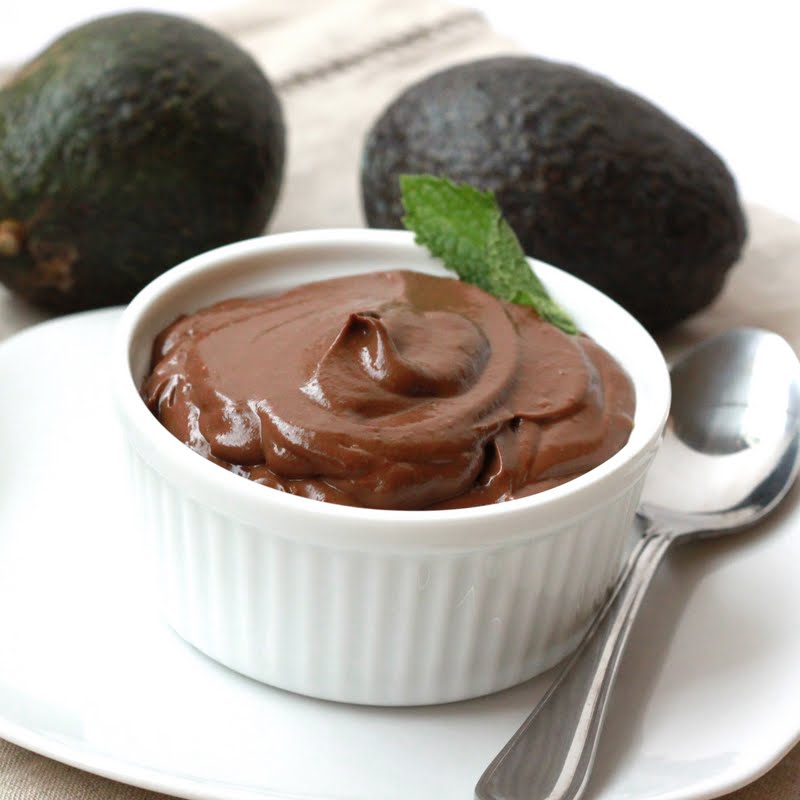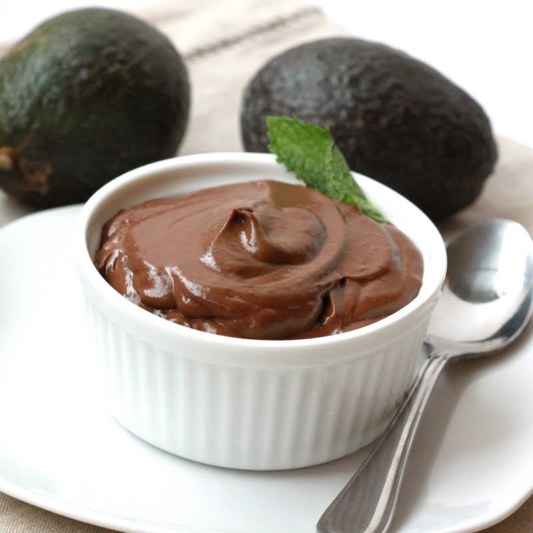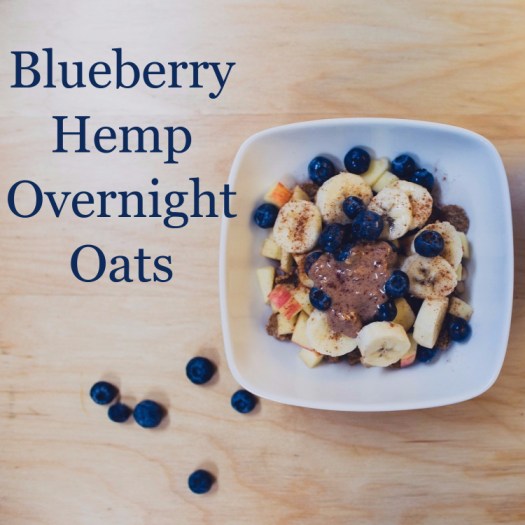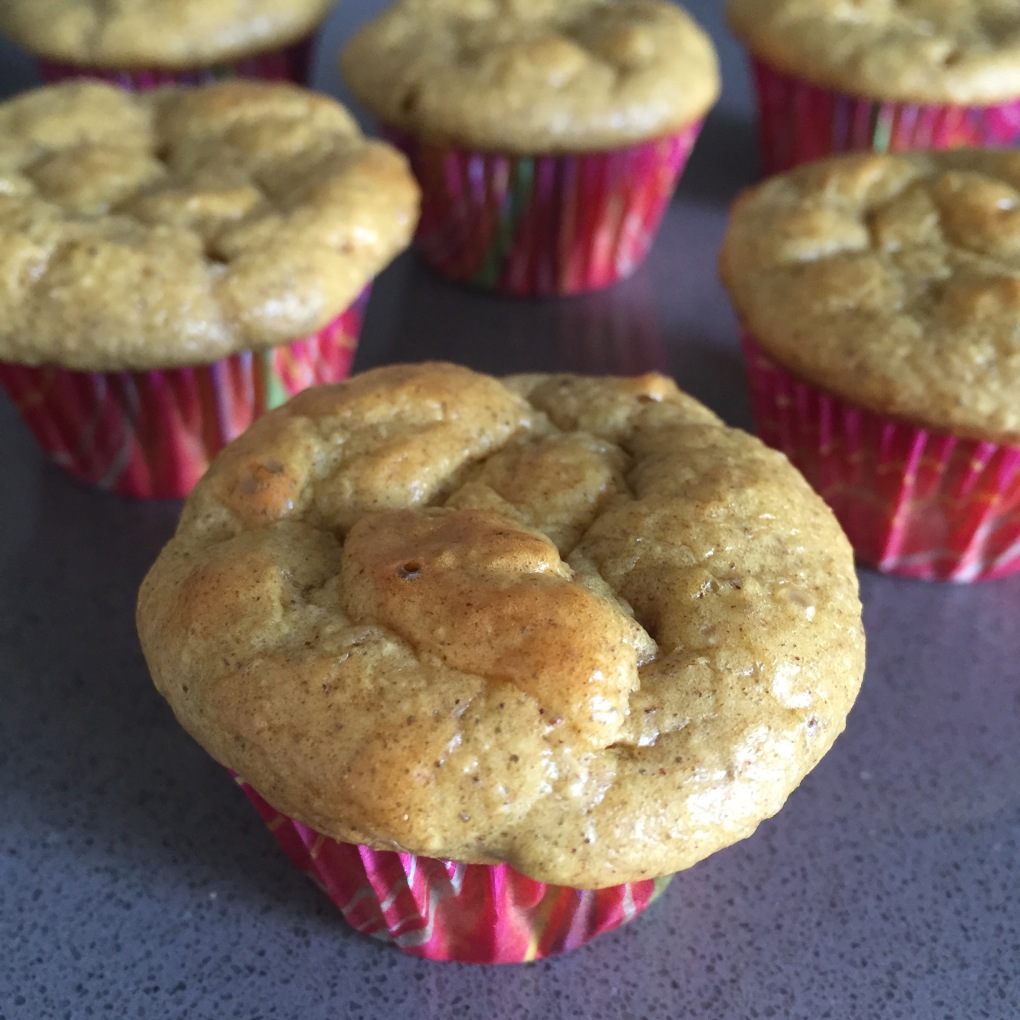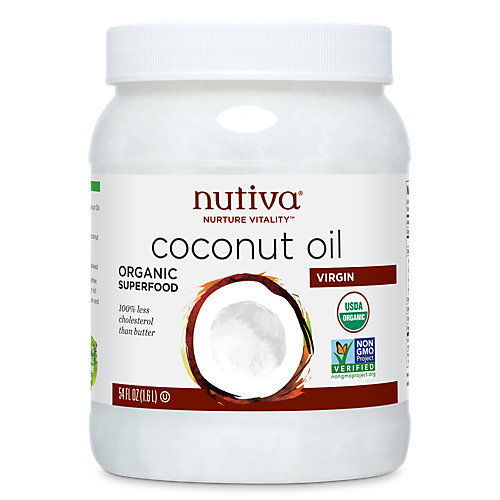“All disease begins in the gut.” – Hippocrates
And while this may not be 100% true for every disease in every person, more and more research shows that our gut (a.k.a digestive system) has a bigger role in many diseases than we used to think. And we’re not just talking about heartburn, constipation, diarrhea, IBS, IBD, etc. We’re talking about all kinds of issues like allergies, pain, mood disorders, and nutrient deficiencies.
There are a lot of reasons for this.
- Our gut is the portal to the outside world. It’s here where we take in disease-causing bacteria, viruses, and parasites.
- We also take in nutrients (and toxins) through our gut. The nutrients we ingest and absorb are the building blocks of every single part of our body.
- We’re just learning the connections between our gut and other areas of our body, like our brain (have you heard of “the gut-brain axis“).
- And don’t forget the friendly resident microbes too. These guys also have newly discovered roles in our gut heal and overall health.
So, let’s talk about the roles that our gut and our gut microbes play in our overall health. Then I’ll give you tips to improve your gut health naturally.
Our gut’s main role is as a barrier. To let things in that should get in, and to keep things out that should stay out…kinda like a bouncer at your favourite club. Think of “absorption” of nutrients as things we want to let in; and “elimination” of waste as things we want to pass right through and out. This seemingly simple role is super-complex, and it can break down in so many places.
For one thing, our guts can literally “leak.” Like a long tube with holes in it, it can allow things to get into our bloodstream/bodies that can wreak havoc (bacteria, undigested food, and toxins). You name it, whatever you put into your mouth can be absorbed by your gut and get into your bloodstream, even if it’s not supposed to. And when your gut wall gets irritated, it can “leak.” When this happens, you get inflammation, which is a starting point for many diseases that don’t seem linked to the gut but have a sneaky connection there. A healthy gut is not a leaky gut. Maintaining a healthy gut barrier is the first pillar of gut health.
DID YOU KNOW? About 70% of our immune system lives in and around our gut – and if you’re gut isn’t healthy, how do you expect to be?
The second main part of your gut are the billions of friendly, health-promoting microbes. Gut microbes help us digest and absorb nutrients. They also fight off disease-causing microbes, make some vitamins for us, and have all kinds of other health benefits, like mental health benefits, reducing inflammation, and stabilizing blood sugar.
So, how do you improve gut health?
There are lots of natural ways to improve gut health. Let’s start with what to stop. It’s always best to eliminate the cause, so let’s start there.
Try eliminating:
- Added sugars, processed foods, and alcohol! Ditch the junk for a few weeks, and you may be amazed at how much better your body (and gut) feels.
- You may also want to eliminate other gut irritants. Dairy and grains contain common compounds known to irritate some people’s guts. Sometimes you only need to eliminate them for a few weeks to see if it makes a difference for your health.
Try incorporating:
- Nutrient-dense foods. When we allow tons of macro- and micro-nutrients into our gut, we maximize the chance for absorption. These nutrients help our bodies build and repair our gut, and every other body part as well. Some of the most nutrient-dense foods include dark leafy greens, colourful fruits and veggies, liver, and fish.
- Probiotics: By ingesting probiotic-rich foods and drinks, we can help to replenish our gut microbes. These are found in fermented foods like kombucha, kefir, miso, sauerkraut, and kimchi. Make these a part of your daily diet. We make kombucha here at our house and the kids love it. They feel/think they are getting pop but I know that I’m supporting their health.
Can I have some Kombuuuuucha, please?
3. Increase fibre. Not eating enough fibre increases the risk of heart disease, cancer, diabetes, and obesity. Fibre plays lots of roles in our gut, including whisking away some of those pesky bad bacteria and toxins so they can be eliminated. Fibre also helps to feed our friendly resident microbes that help us absorb and digest our food better. What foods have a lot of fibre? Fruits, vegetables, nuts, seeds, and even cacao.
4. And don’t forget the uber-important lifestyle factors like getting enough sleep, stressing less, and getting the right amount (and intensity) of exercise. It’s easy to forget some of the simple, but key links there are between what we do with our bodies and how well they function.
Recipe (Probiotic-rich): Fermented Veggies
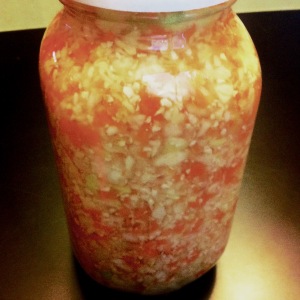
Ingredients:
- 1 glass quart jar with a plastic lid
- 1 to 1 1/2 tablespoons sea salt
- 2 cups filtered water (water MUST BE FILTERED as chlorine will affect the fermentation process)
- 2-3 cups chopped cabbage
- 1 cup chopped cauliflower
- 1-2 cups grated carrots
- 1-1.5 tbsp garlic
- 1 tsp grated ginger
- cabbage leaves for stuffing jar
***OPTION: You can also use a veggie culture starter (my preferred method) in place of the salt and this is the culture I like to use. If you use this veggie culture, follow the recipe provided at the link.
Directions:
- First dissolve your sea salt in water in a glass jar or 2-cup glass measure.
- Then place vegetables and herbs into a quart jar.
- Make sure you leave about an inch from the top of the jar.
- Then cover with your salt brine, leaving about an inch to a half inch from the top.
- Fold a small cabbage leaf and press it into the brine so the water floats above it and the vegetables are completely submerged.
- Cover with a plastic lid (it is best not to use metal as the salt and acids can corrode it, though I have used them occasionally if that is all I have).
- Screw the lids on tightly.
- After day 2 or 3 begin to “burp” your jars once or twice daily to let excess gasses escape. You can do this by unscrewing the lid just enough to hear the gasses release and then quickly tightening it back up. You should see a bit of bubbling and some liquid possibly dripping out after about day three, depending on the heat level in your home. I like to place my jars into some sort of container, like a rectangular Pyrex dish, to catch any drips. Set your jars in an undisturbed place in your kitchen out of direct sunlight.
- You can taste the veggies after about five days to see how soured they are. I prefer to let mine ferment for about 7 to 8 days in the winter and 5 to 6 days in late summer.
- Experiment! There is no exact science with fermentation. After your veggies are soured to your liking, place the jar (or jars) into your refrigerator where they will store for months.


